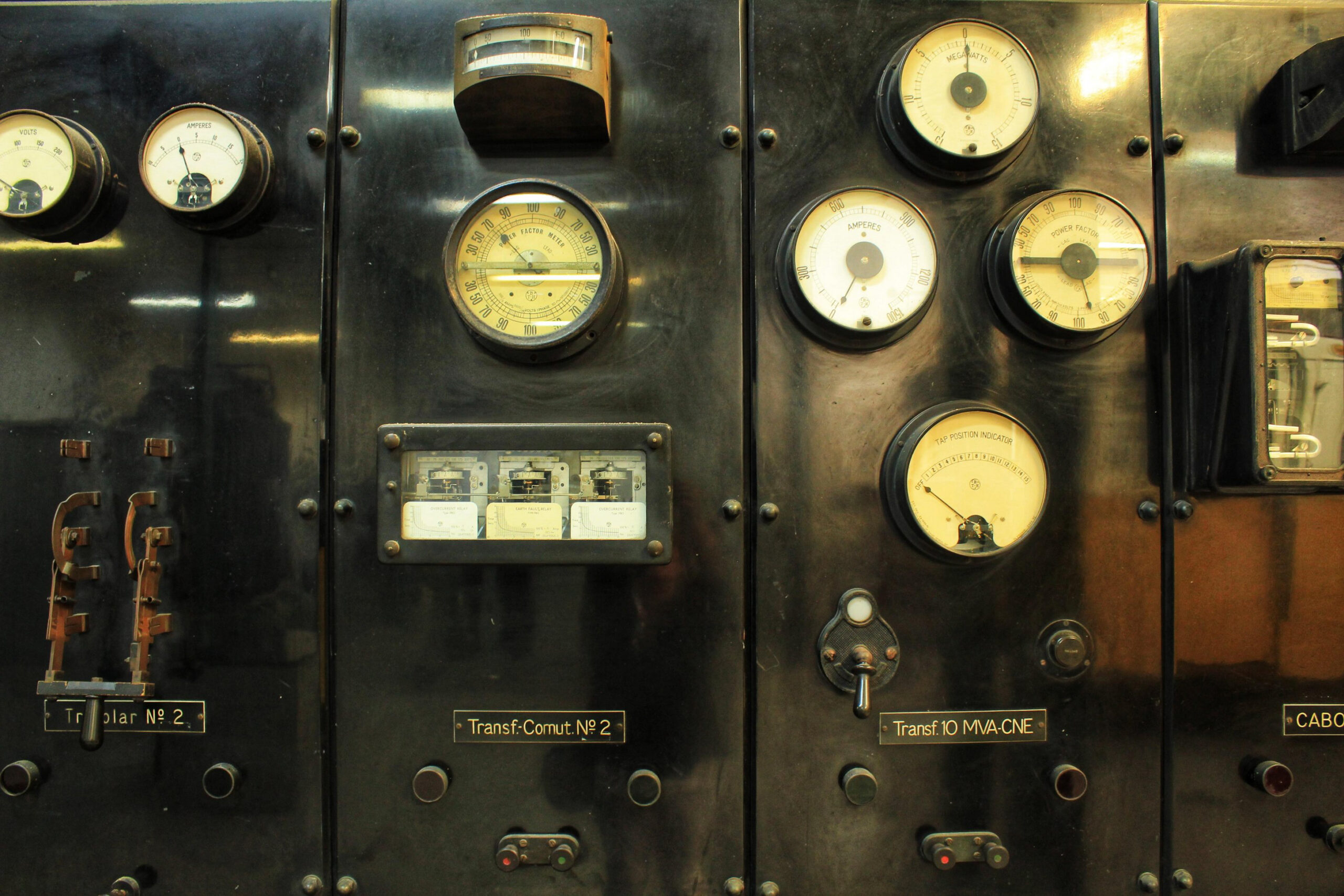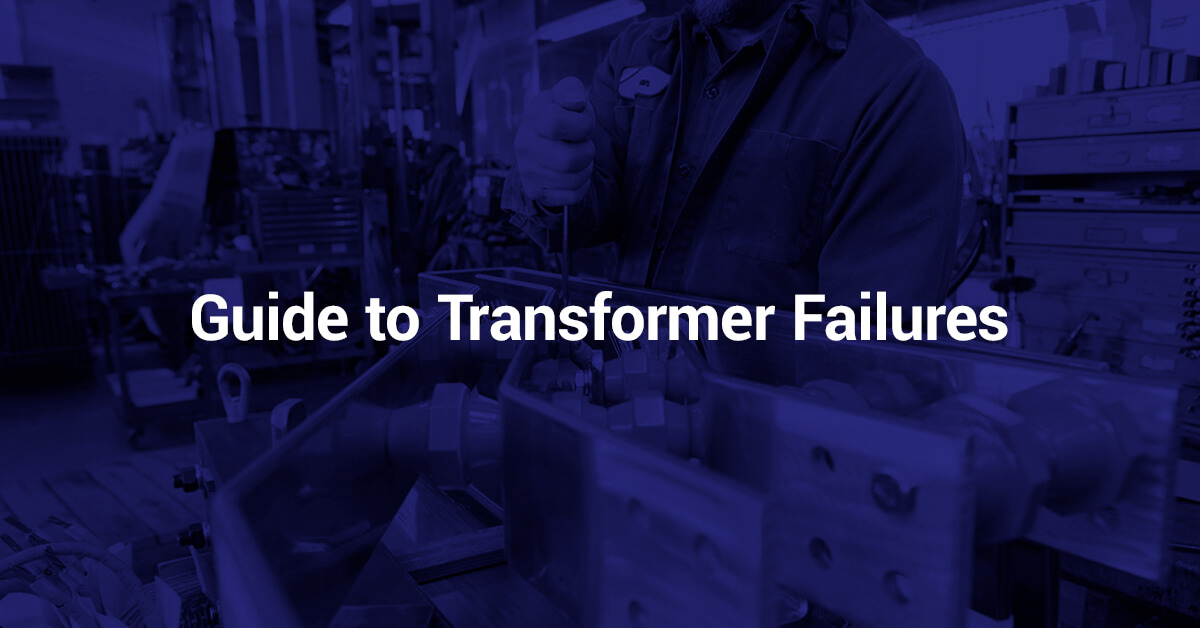Causes of Transformer Failure
Most of the time, your transformer may seem like an inert apparatus tucked away in a cabinet. However, when energized, it is a vibrant, living thing, transforming and feeding electrical power at 60 Hertz to your facility. In addition to the metal windings and core, it contains organic materials in the form of insulation. However, like all living things, transformers age over time […]
Read MoreMaximizing the Life Span of Your Dry Type Transformer
The quality of a dry type transformer can directly affect your facility’s power reliability and efficiency for years down the road. High-quality units can provide reliable power for decades, while inferior systems may require premature replacement many years sooner. Informed decisions during the selection process and following recommended maintenance guidelines after installation can help maximize […]
Read MoreEffective Maintenance Practices for Dry Type Transformers
Proper maintenance is crucial for delivering reliable power, maximizing operational efficiency and protecting your transformer investment. Routine inspections and regular upkeep extend equipment life while helping prevent unexpected downtime and costly replacements. Organizations implementing effective maintenance practices can expect transformer life spans to exceed 30 years. Why Effective Transformer Maintenance Is Important Dry type transformers are […]
Read MoreQuantifying Downtime Costs and The Hidden Impact of Transformer Failures
For fast-paced commercial and industrial operations, a transformer failure can be more than just an inconvenience — it can lead to a significant loss of revenue. As production halts and employees stand idle, the actual cost of downtime begins to unfold, revealing hidden expenses that can significantly impact operations. Understanding and quantifying downtime costs associated […]
Read MoreGuide to Transformer Failures
Transformers serve a crucial purpose as part of the power system for many facilities. Therefore, when signs of failure appear, you must quickly replace or repair the transformer to restore full operation. Knowing how to tell if your dry type will stop working or how to detect failures in an oil filled transformer will help […]
Read MoreThe Different Parts of a Dry Type Transformer
Dry type transformers enable energy transfer through electromagnetic induction. They employ solid insulation and cooling mechanisms like natural convection or forced air. There are a few fundamental components to consider, from magnetic cores to insulation to cooling systems. Each piece works seamlessly together to enhance efficiency, safety and reliability in various applications. Understanding these elements […]
Read MoreGuide to Oil-Filled Transformer Maintenance
Regular maintenance is a major part of keeping your oil-filled transformers in good working condition. Without scheduled upkeep, your transformers will be more likely to experience issues that can snowball into larger operational problems, like system failure. You don’t have to rely on reactive or condition-based maintenance when taking care of your machinery. Staying ahead of any and […]
Read MoreGuide to Dry Type Transformers
Jump To: A transformer is a device that transfers energy from one alternating-current circuit to another. Dry type transformers are used for many applications to reduce the voltage of conventional power circuits. Learn more about what a dry type transformer does and where we use dry type transformers. What is a Dry Type Transformer? A […]
Read MoreIndicators That Dry Type Transformers Are Failing
Transformers should be built to last, and dry type transformers, in particular, avoid some maintenance issues that can occur with oil-filled transformers. However, some potential problems can still cause a transformer to fail. In this post, we’ll discuss these problems and explain how to tell if your dry type will stop working soon so you […]
Read MoreShould You De-Energize Transformers When Changing Taps?
Since the input power fed into a transformer may be lower or higher than the intended rate, transformers require adjustments to produce the correct secondary voltage. These fluctuations can occur for various reasons, including a power drop across a long distribution line or excessive consumption from one or more facilities. Since it is impractical and […]
Read More





